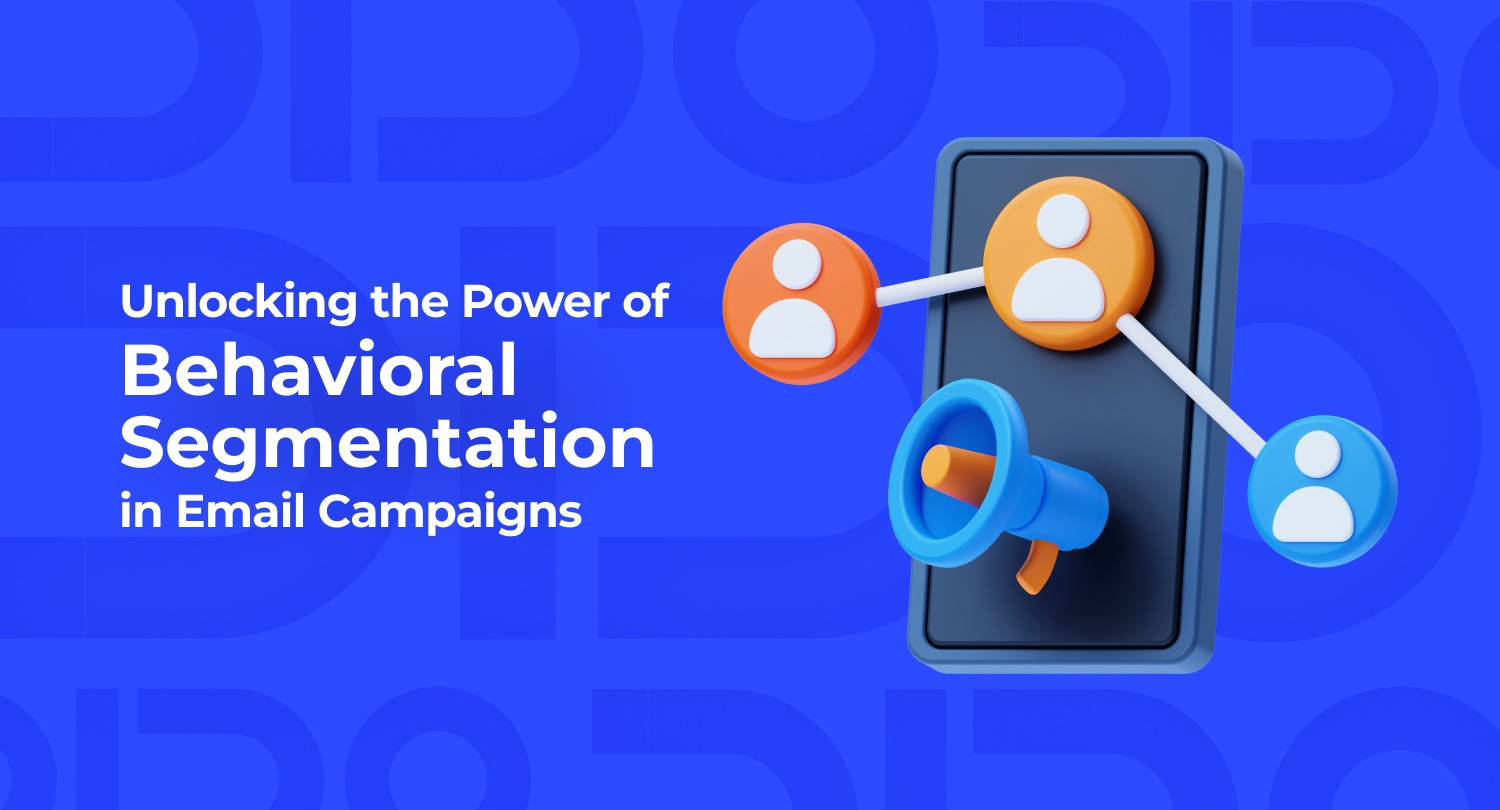Today’s customers expect more than generic email blasts. They crave relevance, timing, and personalization…
Which is where behavioral segmentation in email marketing comes into play.
Instead of treating all of your subscribers the same, behavioral segmentation allows you to reach specific parts of your audience based on how they actually interact with your brand, whether purchasing certain products or clicking through previous emails.
By understanding and leveraging customer behavior, eCommerce brands can craft better, more targeted email campaigns that boost engagement, encourage click-throughs, and, ultimately, drive more sales.
Types of Behavioral Data for Segmentation
Effective behavioral segmentation starts with understanding the types of data that reflect your customers’ actions and preferences.
There are three main types of behavioral data your eCommerce brand can use for segmentation.
1. Purchase History and Frequency
Your customers’ buying patterns tell a story. Are they frequent shoppers? Do they tend to buy certain types of products or make repeat purchases?
By analyzing order frequency, average spend, and purchased product categories, you can create segments like VIP buyers, first-time customers, or seasonal shoppers.
2. Browsing Behavior and Product Preferences
Even when customers don’t make a purchase, their behavior is still valuable. Track what pages they visit, what items they add to their cart, and what they view repeatedly.
This insight helps you serve relevant product recommendations or remind them about items they showed interest in, making it easier to close the sale later.
3. Engagement Metrics
How subscribers interact with your emails can guide future strategy. Look at who opens your emails, clicks on links, and how often they engage.
Then, use this data to identify inactive users, highly engaged customers, or those who only respond to certain types of content, such as discounts or new arrivals.
Steps to Implement Behavioral Segmentation
Integrating behavioral segmentation in your email strategy doesn’t have to be overwhelming. Follow these three key steps to start implementing behavioral segmentation.
Collect and Analyze Behavioral Data
Use tools like your eCommerce platform, CRM, or email marketing software to gather behavioral data. Pay attention to actions such as purchase history, page visits, cart abandonment, and email engagement. Visual dashboards and analytics tools can help make sense of the data and reveal actionable insights.
Create Segments Based on Actions, Preferences, or Intent
Once the data is in hand, start building meaningful segments. For instance, create a segment for users who viewed a product multiple times but didn’t purchase, or another for those who haven’t opened an email in 90 days. The more specific and behavior-driven the segment, the more powerful your targeted email campaigns will be.
Craft Personalized Content for Each Segment
Now comes the fun part—using email personalization strategies to tailor your message. Show repeat customers a loyalty offer, send personalized product suggestions based on browsing history, or re-engage inactive users with a special incentive. Personalization boosts performance and builds trust and loyalty with your audience.
Examples of Effective Behavioral Segmentation
Let’s look at a few real-world use cases to see behavioral segmentation email strategies in action.
- Personalized Product Recommendations
A customer who recently purchased running shoes may also be interested in performance socks or athletic wear. Trigger an automated follow-up email with relevant suggestions based on their purchase history and browsing behavior.
- Targeted Promotions for Lapsed Customers
If a once-active customer hasn’t made a purchase in six months, it’s time to re-engage them. Send a special promotion or a “We miss you!” message to draw them back in. Consider adding a limited-time discount to entice them even further.
- Time-Sensitive Offers Based on Browsing History
If someone viewed a specific product multiple times but didn’t convert, consider sending a time-sensitive offer, such as “Only 24 Hours Left to Save on [Product Name]!” This sense of urgency, combined with behavioral cues, can nudge them toward checkout.
Challenges and Solutions
As powerful as it is, behavioral segmentation isn’t without its hurdles. Here are two common challenges with behavioral segmentation, with strategies to solve them.
Ensuring Data Accuracy and Relevance
Outdated or incorrect data can lead to irrelevant messaging.
Make sure your systems sync in real-time and that data hygiene is a regular part of your workflow. Use double-checks and filters to verify that segments reflect up-to-date behavior.
Balancing Automation with Personalization
It’s tempting to fully automate every campaign, but be careful not to lose the human touch.
Automated workflows should still feel personal and thoughtful. Use dynamic content blocks, conditional logic, and well-crafted copy to maintain genuine relevance.
Wrap Up
Behavioral segmentation isn’t just a “nice to have.” It’s a must-have for any eCommerce brand serious about email marketing success.
By tapping into real customer actions and preferences, you can launch targeted email campaigns, like personalized product recommendations or custom offers, that help you deliver the right message at the right time.
Don’t settle for one-size-fits-all emails. Start using behavioral segmentation email strategies today and watch your open rates, engagement, and conversions climb!
